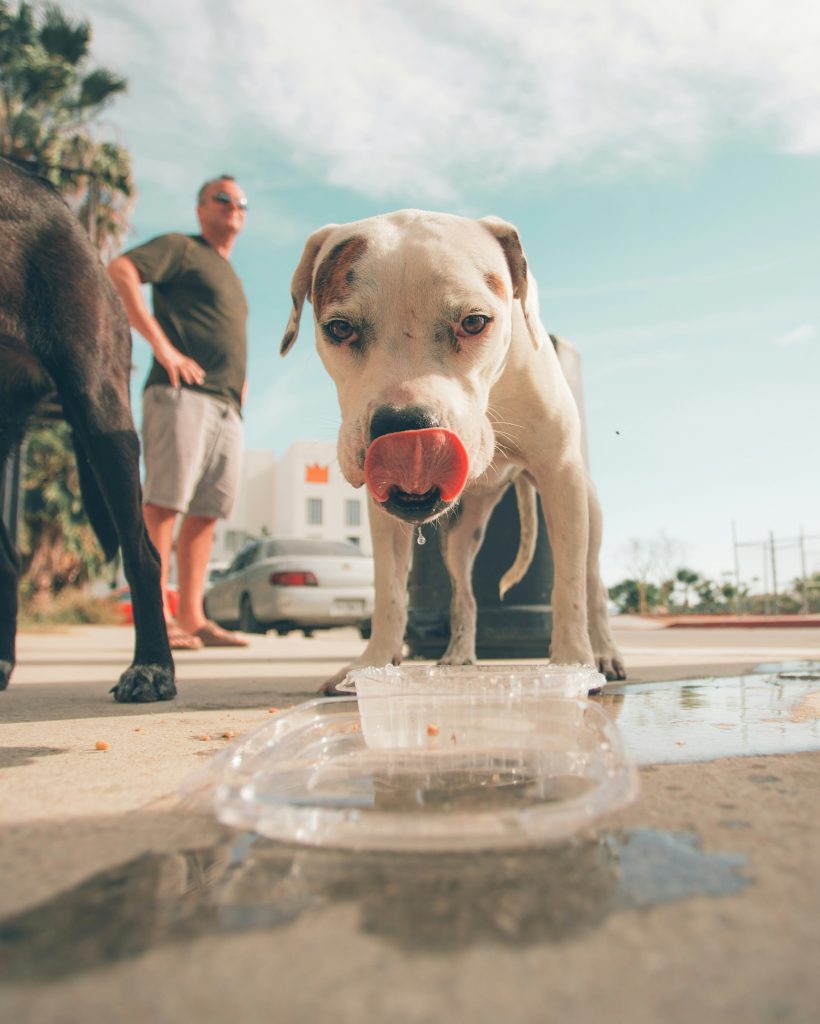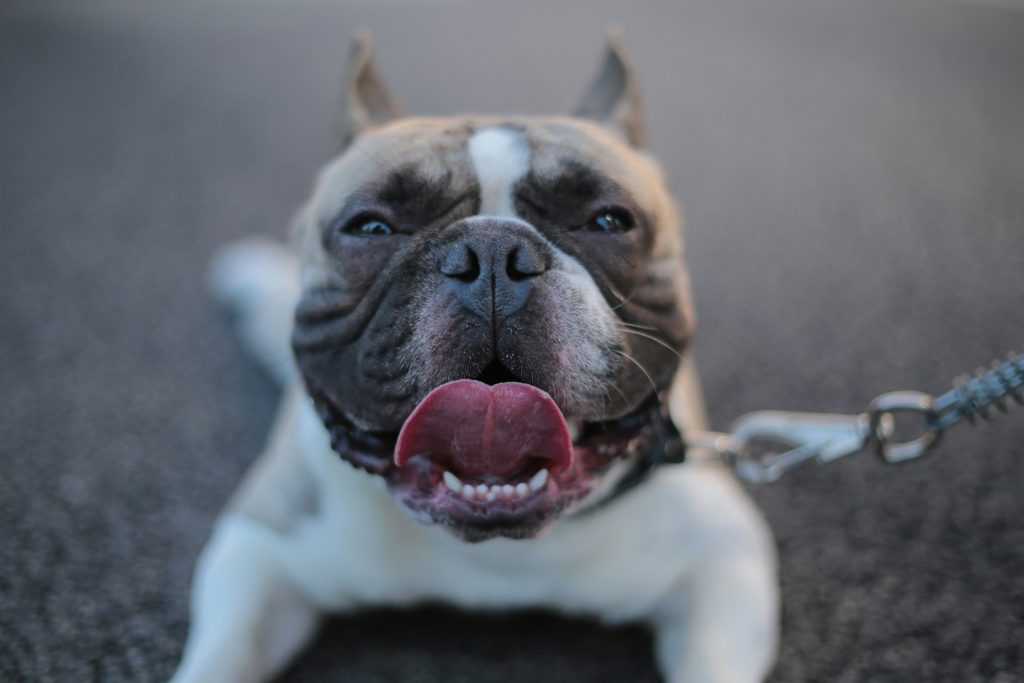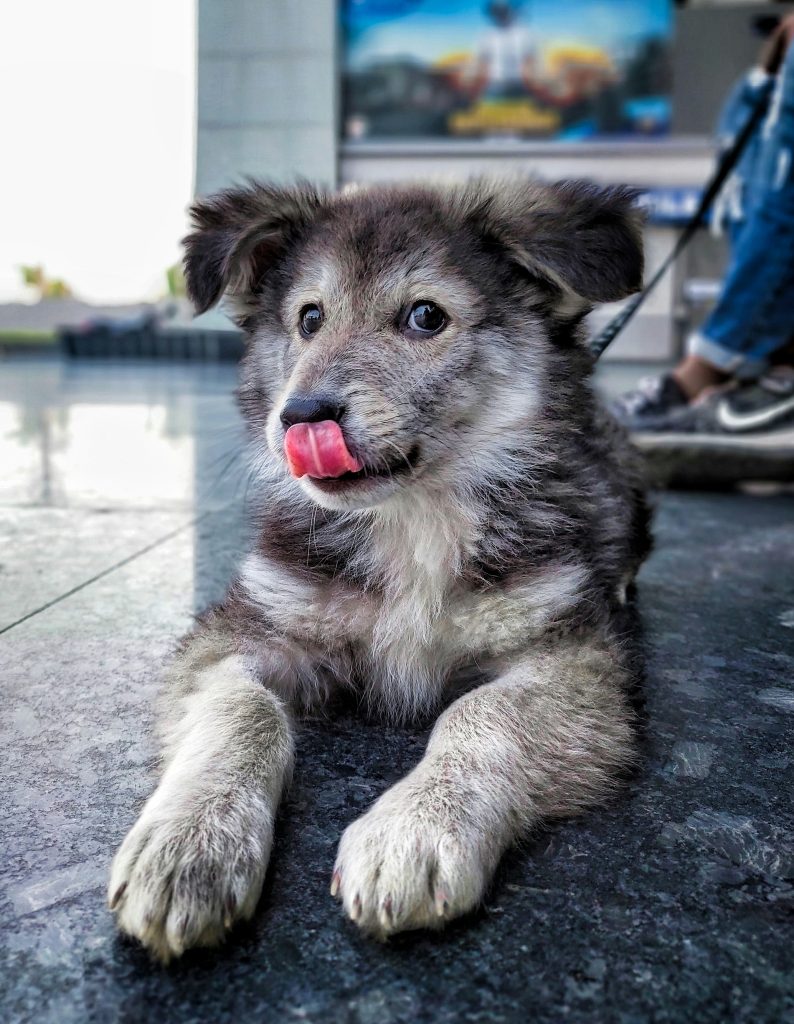Recognizing the Signs of Overheating in Dogs: Early warning signs and actions to take to prevent heat-related illnesses in dogs.

Introduction to Recognizing the Signs of Overheating in Dogs
Dogs, with their limited ability to sweat, are especially prone to overheating in hot weather conditions, making it essential for pet owners to be vigilant. By understanding the early signs of overheating in dogs, owners can take proactive measures to prevent heat-related complications and ensure the safety and comfort of their beloved pets. This comprehensive guide aims to provide valuable insights into identifying the warning signs of overheating and the appropriate actions to take in such situations, empowering dog owners to protect their canine companions from heat-related issues effectively.
It is crucial to be aware that certain dog breeds are more susceptible to overheating due to their physical characteristics. For instance, brachycephalic breeds like pugs and French bulldogs, with their flat faces and narrowed airways, are at a higher risk of heat-related problems. Understanding these breed-specific vulnerabilities can help owners tailor their preventive strategies to suit the needs of their pets better. By recognizing the unique challenges that different breeds face in hot environments, pet owners can take proactive steps to keep their dogs cool and comfortable, ultimately minimizing the risk of overheating and associated complications.
Understanding Overheating in Dogs
Dogs, with their limited ability to sweat, rely on panting as their primary cooling mechanism, making them more vulnerable to overheating compared to humans. This lack of efficient cooling makes it crucial for dog owners to be vigilant for signs of overheating in their furry companions. For instance, dogs experiencing heat stress may exhibit behaviors such as frantic panting, excessive drooling, and changes in gum color, which are early indicators that they are struggling to regulate their body temperature.
Moreover, understanding the severity of overheating in dogs is vital, as it can progress rapidly to heat stroke, a condition that requires immediate intervention to prevent dire consequences. Heat stroke is a serious medical emergency that can result in multiorgan dysfunction and, in severe cases, lead to the demise of the animal. Therefore, dog owners must be proactive in recognizing the signs of overheating early on and taking the necessary steps to cool down their pets effectively to avoid the progression to heat stroke. By being aware of these risks and acting promptly, pet owners can help ensure the well-being and safety of their canine companions during hot weather conditions.

Signs of Overheating in Dogs
Recognizing the signs of overheating in dogs is crucial for their well-being, as early detection can prevent serious health issues. Apart from the common signs like frantic panting, extreme salivation, and labored breathing, it’s essential to observe additional indicators such as restlessness, seeking cool surfaces to lie on, and an increased heart rate. For instance, a dog repeatedly seeking shade or trying to dig a hole to cool down may be showing signs of overheating. These behaviors can serve as valuable cues for dog owners to take immediate action to prevent heat-related illnesses.
Certain dog breeds, such as pugs and French bulldogs, are known to be more prone to overheating due to their brachycephalic facial structure, which affects their breathing capabilities. Understanding breed-specific vulnerabilities is crucial in identifying early signs of overheating. For example, pugs have narrow airways, making it harder for them to regulate their body temperature efficiently. Similarly, French bulldogs’ compact build can contribute to increased heat retention, making them more susceptible to overheating compared to other breeds. Recognizing these breed-related differences can aid dog owners in providing targeted care and interventions during hot weather to prevent heat-related complications. Additionally, double-coated dogs, like Huskies, have a dense undercoat that insulates them but can also trap heat. This makes them more vulnerable to overheating, requiring special attention such as regular grooming to help them stay cool in warmer temperatures.
Actions to Take When Your Dog is Overheating
When your dog displays signs of overheating, it is vital to respond promptly to prevent further complications. Firstly, moving the overheated dog to a cool area is essential to help regulate their body temperature and avoid heat-related illnesses. For example, placing them in a shaded area with good airflow can aid in the cooling process and prevent the situation from escalating.
Additionally, applying cool wet cloths to your dog’s body can assist in reducing their temperature. These wet cloths can be placed on their paw pads, underarms, and groin area to help dissipate heat effectively. Furthermore, offering cold water for hydration is crucial to prevent dehydration, which often accompanies overheating in dogs. Providing access to fresh, cool water can help them replenish lost fluids and regulate their body temperature.
In more severe cases, seeking veterinary assistance is imperative if the signs of overheating persist. Veterinarians can provide professional care and guidance tailored to your dog’s specific needs. They can offer treatment such as intravenous fluids, monitoring for organ dysfunction, and other interventions to ensure your dog’s well-being. Remember, early intervention can significantly impact the outcome for an overheated dog, so never hesitate to seek medical help when needed.

Preventing Overheating in Dogs
Preventing overheating in dogs involves a multifaceted approach to ensure their well-being during hot weather. Limiting outdoor activity on scorching days is a fundamental step to steer clear of heat exhaustion. For instance, refraining from lengthy walks or vigorous play sessions when the sun is blazing can significantly reduce the risk of overheating in dogs.
Furthermore, maintaining proper hydration is paramount in preventing heat-related complications in dogs. Access to fresh, cool water at all times is essential, as dehydration can exacerbate the effects of overheating. Owners should be vigilant and ensure that their pets have enough water to drink, especially after any physical activity. Additionally, never leaving a dog in a parked car, even for a short duration, is imperative to prevent heatstroke. The temperature inside a vehicle can skyrocket rapidly, posing a severe threat to a dog’s health. By being mindful of these preventive measures, pet owners can safeguard their furry companions from the dangers of overheating.
Complications of Heatstroke in Dogs
Heatstroke in dogs can have devastating consequences that extend beyond just elevated body temperature. It can trigger a cascade of events leading to multiorgan dysfunction, where various organs like the liver, kidneys, and brain may sustain damage. For example, the excessive heat can cause myocardial damage, affecting the heart’s ability to function properly and potentially leading to life-threatening complications. Additionally, heatstroke can result in acute renal failure, where the kidneys struggle to filter waste from the blood adequately, posing a significant risk to the dog’s overall health.
Moreover, the effects of heatstroke can manifest in neurological complications such as encephalopathy, impacting the brain’s function due to the extreme heat-induced stress on the body. This can lead to symptoms like disorientation, seizures, and altered mental status, highlighting the severity of heatstroke in dogs. Furthermore, the systemic inflammatory response triggered by heatstroke can contribute to thrombosis, leading to blood clot formation that can obstruct blood flow and result in serious complications like disseminated intravascular coagulation (DIC). These complications underscore the critical importance of swift action and proper cooling measures to prevent the dire consequences of heatstroke in dogs.
